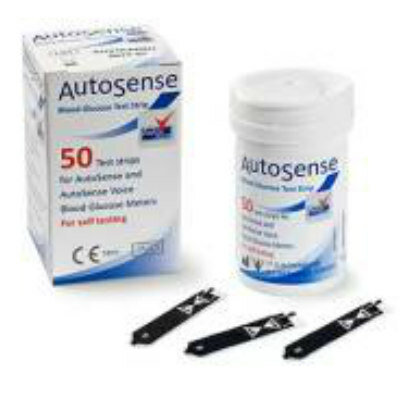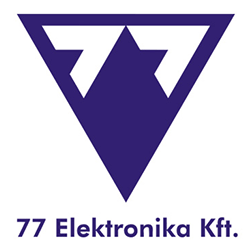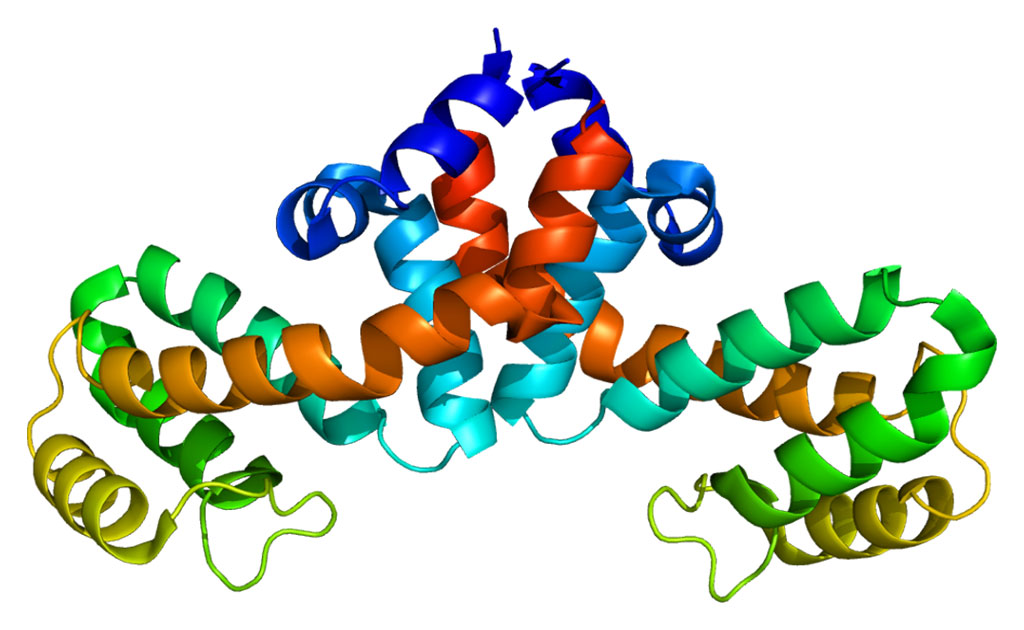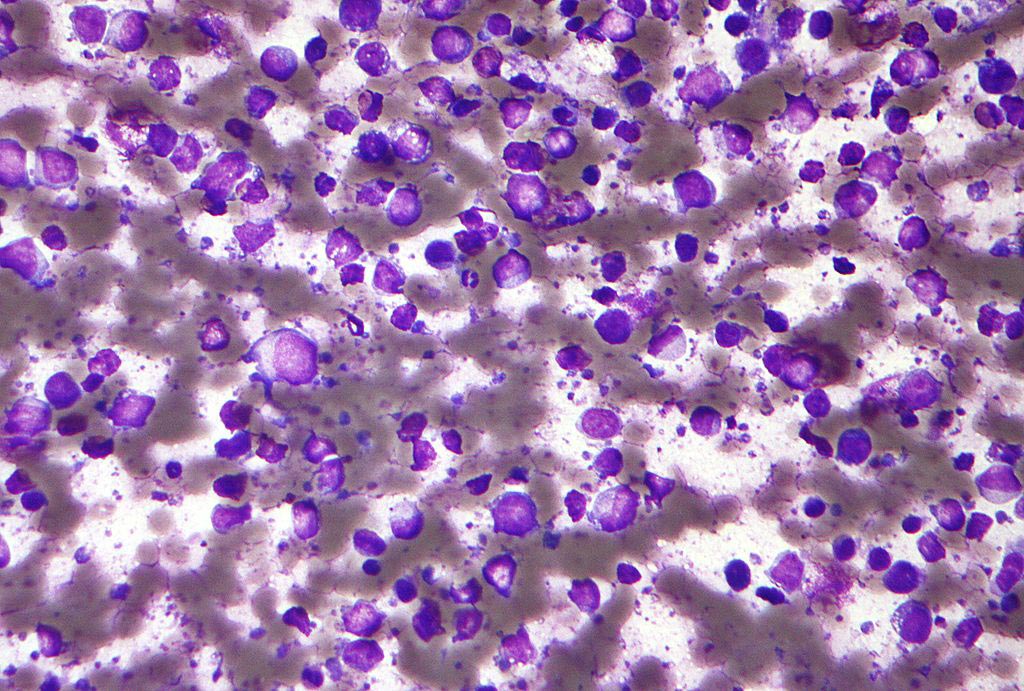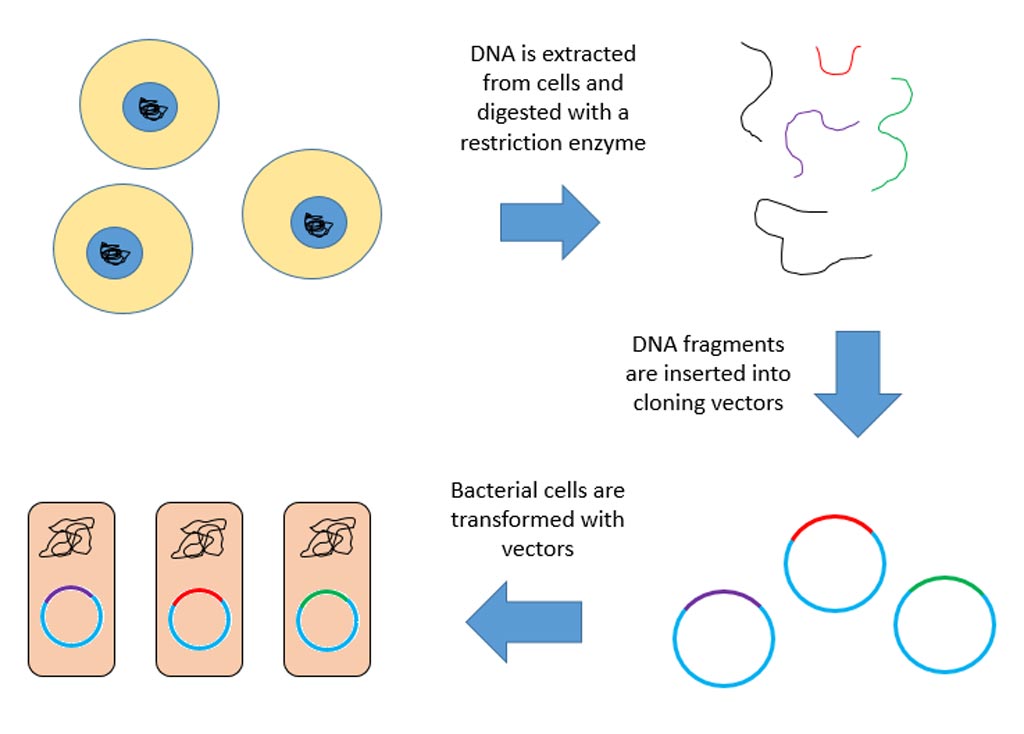Sugar Solution Turns Tissues See-Through
By LabMedica International staff writers
Posted on 09 Jul 2013
A new study describes a sugar and water-based solution that turns tissues transparent in just three days, without disrupting the shape and chemical nature of the samples. Posted on 09 Jul 2013
Researchers at the RIKEN Center for Developmental Biology (Kobe, Japan), Kyoto University (Japan), and the Japan Science and Technology Agency (JST; Saitama, Japan) have developed SeeDB, an aqueous fructose optical clearing agent they used to turn mouse embryos and brains transparent in just three days, without damaging the fine structures of the samples or the fluorescent dyes they had injected in them, allowing visualization of the neuronal circuitry at the whole-brain scale under a customized fluorescence microscope without making mechanical sections through the brain.
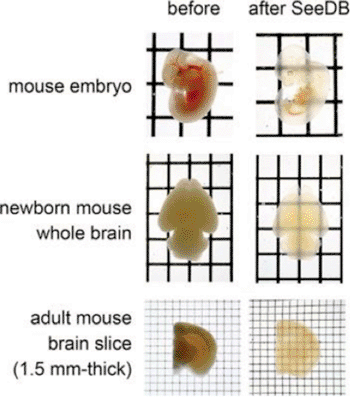
Image: Various mouse tissues before and after immersion in SeeDB (Photo courtesy of RIKEN).
Combined with two-photon microscopy and an optimized objective lens, the researchers were also able to image the mouse brain from the dorsal to the ventral side, describing the detailed wiring patterns of commissural fibers connecting the right and left hemispheres of the cerebral cortex in three dimensions (3D) and were also able to visualize the 3D wiring of mitral cells in the olfactory bulb (which is involved the detection of smells), at single-fiber resolution. The study was published online on June 23, 2013, in Nature Neuroscience.
“Our simple and efficient method is useful for imaging intact morphological architecture at large scales in both the adult and developing brains,” concluded lead author Takeshi Imai, PhD, of RIKEN, and colleagues. “Because SeeDB is inexpensive, quick, easy and safe to use, and requires no special equipment, it will prove useful for a broad range of studies, including the study of neuronal circuits in human samples.”
Tissue optical clearing techniques provide a prospective solution for the application of advanced optical methods in life sciences, including physical methods, chemical-penetration enhancers, and a combination of methods. Difference in the diffusion and/or clearing ability of different clearing agents for soft or hard tissue can aid in-vivo imaging and phototherapy, as well as providing a highly sensitive indicator of tissue health or pathology condition.
Related Links:
RIKEN Center for Developmental Biology
Kyoto University
Japan Science and Technology Agency







